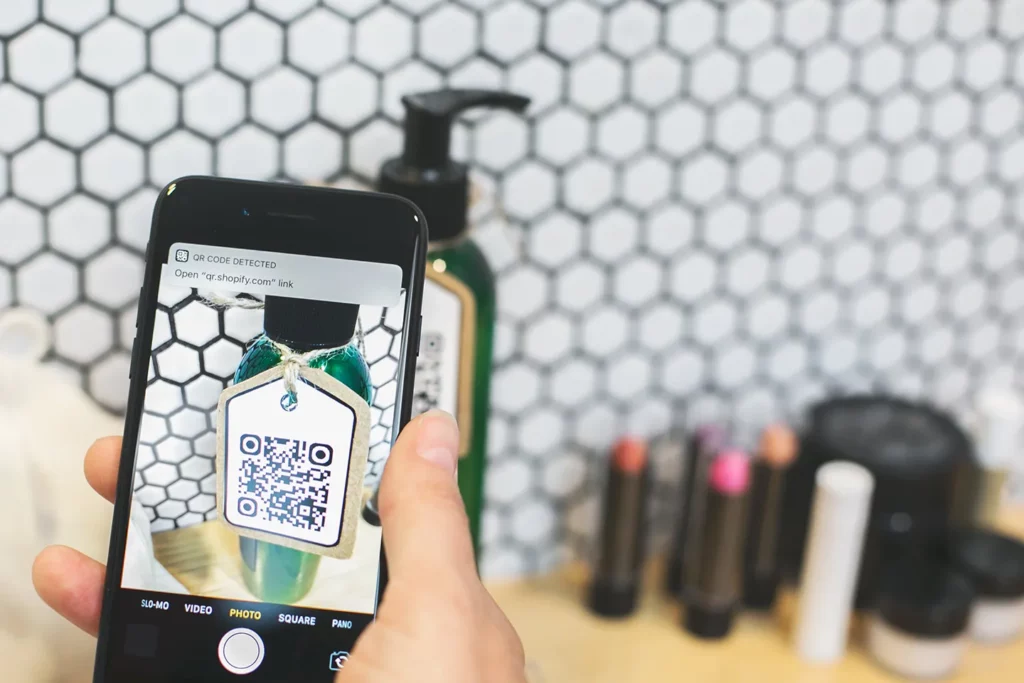User engagement is a key component to the success of your business. And with your competitors working to capture the same audience you’re targeting, it’s imperative that you stand out and keep users wanting, and coming back for more.
One way to accomplish this is through an interactive design strategy. In this article, we’re going to take a look into the importance of interactive design and how it can help your business thrive.
What is Interactive Design?
Interactive design is a design strategy that focuses on creating engaging and interactive experiences for users. It involves using technology and design elements to encourage user participation and create a memorable experience. Interactive design is versatile. You’ve most likely seen this incorporated into websites, mobile apps, and even physical products. The incentive of interactive design is to create two-way communication between the user and the product, as opposed to a (sometimes unfulfilling) one-way interaction.
Why is Interactive Design Important?

Interactive design is important for many reasons:
- For one, it creates a more engaging and enjoyable experience for users. By incorporating interactive elements, users are more likely to stay on your website or use your app for longer periods.
- Interactive design can help distinguish you from your competitors. With so many businesses competing for everyone’s attention, providing a unique and memorable experience can make your brand stand out.
- Interactive design can also lead to increased conversions and sales. Think about your experiences – if you’re engaged, you are more likely to take action by making a purchase or signing up for a service. The same goes for your audience.
How to Incorporate Interactive Design into Your Digital Strategy
Ok, now that we understand the importance of interactive design, let’s chat about how you can incorporate it into your digital strategy.
Use Gamification
Gamification is the process of incorporating game-like elements into non-game contexts. This includes things such as points, levels, and challenges. Integrating gamification into your digital strategy, can make the user experience more fun and engaging.
For example, a fitness app could use gamification by awarding points for completing workouts and unlocking new levels as the user progresses. This not only makes the app more enjoyable to use, but also encourages users to continue using it to reach new levels and earn more points.
Create Interactive Content

Another way to incorporate interactive design into your digital strategy is by creating interactive content. This can include quizzes, polls, and interactive videos. Giving your users the ability and experience to actively participate with your content, can increase engagement and make the experience more memorable.
For instance, a clothing brand could create an interactive quiz to help users find their perfect style. This not only engages the user, but also helps them discover products that they may be interested in purchasing.
Utilize Augmented Reality
Augmented reality (AR) is a technology that overlays digital elements onto the real world. By incorporating AR into your digital strategy, you can create a more immersive and interactive experience for users.
You’ve probably already seen this, or even used it yourself. Have you gone online to look at furniture lately? Some furniture companies are utilizing AR to allow users to see how a piece of furniture would look in their own home before making a purchase. This not only engages the user, but helps them make a more informed decision.
Personalize the Experience
Who doesn’t want a personalized experience? It gives us the… feels. Take example number one, all of us wait for the release of our “Your [year] Wrapped.” Personalization is key. Using data and user behavior to personalize the experience, you create a more interactive and engaging experience.
Such as, a music streaming service utilizing data on user’s listening habits to create personalized playlists and recommendations. This not only makes the experience more interactive, this helps users discover new music that they may really enjoy.
Real-World Examples of Interactive Design
Let’s take a gander into some real-world examples of businesses successfully incorporating interactive design into their digital strategy.
Spotify

Spotify has shown us how to successfully use interactive design to engage users. They offer personalized playlists and recommendations based on a user’s listening habits. They also have interactive features such as the “Year in Review” and “Wrapped”, which allow users to see their listening statistics for the year.
Nike
Nike has also integrated interactive design into their digital strategy, with their app, Nike Training Club. Nike’s app offers personalized workouts and challenges for their users. They also incorporate gamification by awarding points and unlocking new levels as users complete workouts.
Starbucks

Last but not least, Starbucks. We see and experience the interactive design we engage with while using their app. We can customize our drinks and earn rewards for purchases, leave tips. This all creates an engaging and interactive experience.
Who is Responsible for Interactive Design?

In most cases, the responsibility for interactive design falls on the design team. However, the entire team needs to understand interactive design and why it’s so imperative, and work together to incorporate it into the overall digital strategy.
Takeaways
Interactive design is a crucial aspect of any successful digital strategy. By incorporating elements such as gamification, interactive content, and personalization, you can create a more engaging and memorable experience for users. This not only helps to differentiate your brand from competitors, but it can also lead to increased conversions and sales. So, if you want to keep users coming back for more, be sure to incorporate interactive design into your digital strategy.




